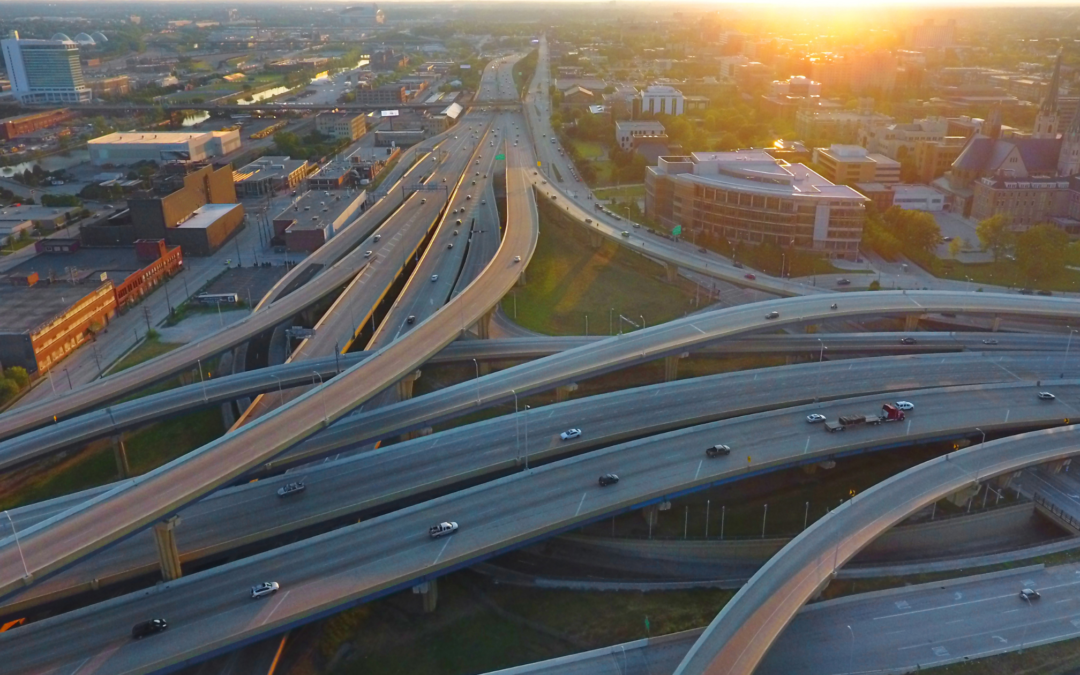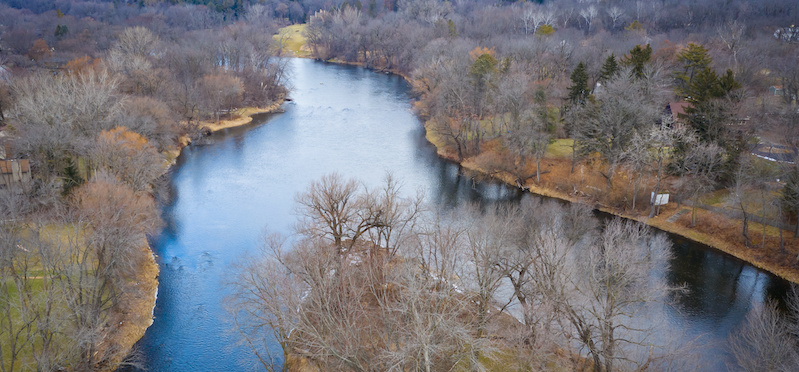
| Advocacy, News, Riverkeeper Watch
In December, many of us shift our focus to the holidays and spend time with family and friends. It’s also the time of year when government agencies pack in public hearings on important projects affecting our waterways. Please consider adding these important meetings to your holiday to-do list this month!

| Advocacy, Featured Home
In 1968, Mayor Henry Maier called the Milwaukee River “an almost dead artery.” A year later, in Cleveland, the Cuyahoga River, fouled by industrial pollution, caught fire. Even in our nation’s capital, the Potomac River was so dangerous, falling in required a tetanus shot.

| Advocacy, Education, Projects, Water Quality
Tell us everything there is to know about your favorite Wisconsin beaches!
| Advocacy, News, Riverkeeper Watch
Earlier this week, the U.S. EPA released four drinking water health advisories for the dangerous class of “forever chemicals” known as PFAS (or per- and polyfluoroalkyl substances). The advisory levels set by the EPA are low—0.004 parts per trillion (ppt) for PFOA and 0.02 ppt for PFOS—and make a strong statement that PFAS are dangerous for human health at any level.
| Advocacy, News, Riverkeeper Watch
Earlier this week, the U.S. EPA released four drinking water health advisories for the dangerous class of “forever chemicals” known as PFAS (or per- and polyfluoroalkyl substances). The advisory levels set by the EPA are low—0.004 parts per trillion (ppt) for PFOA and 0.02 ppt for PFOS—and make a strong statement that PFAS are dangerous for human health at any level.
| Advocacy, Riverkeeper Watch
Enbridge Energy’s Line 5 oil pipeline carries 22 million gallons of light and synthetic crude oil and natural gas every day from Lake Superior to the Upper Peninsula of Michigan, through the Straits of Mackinac to the Lower Peninsula of Michigan, ultimately crossing the St. Clair River to Sarnia, Ontario. The pipeline, originally constructed in 1953, has outlived its expected lifespan.



